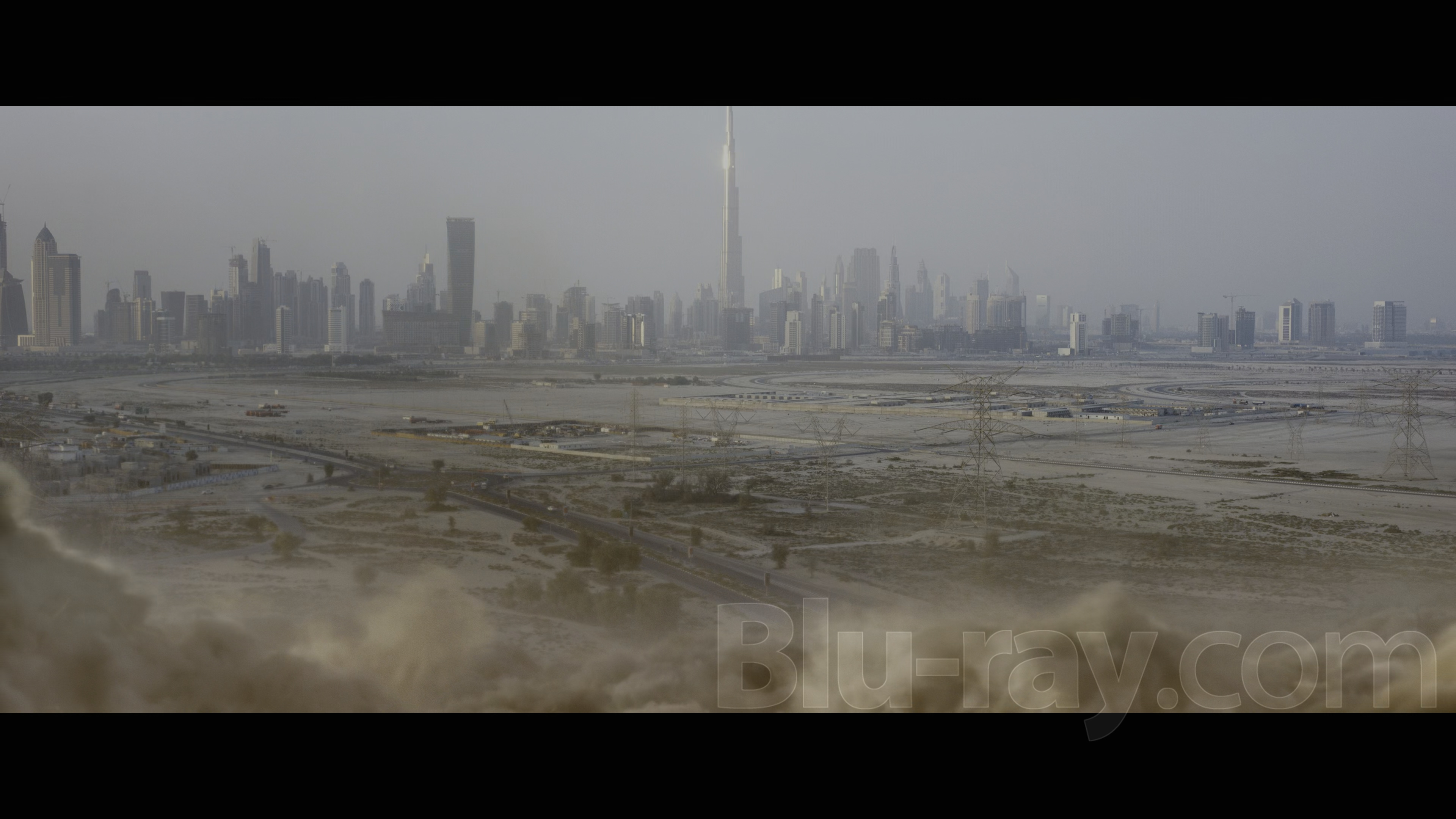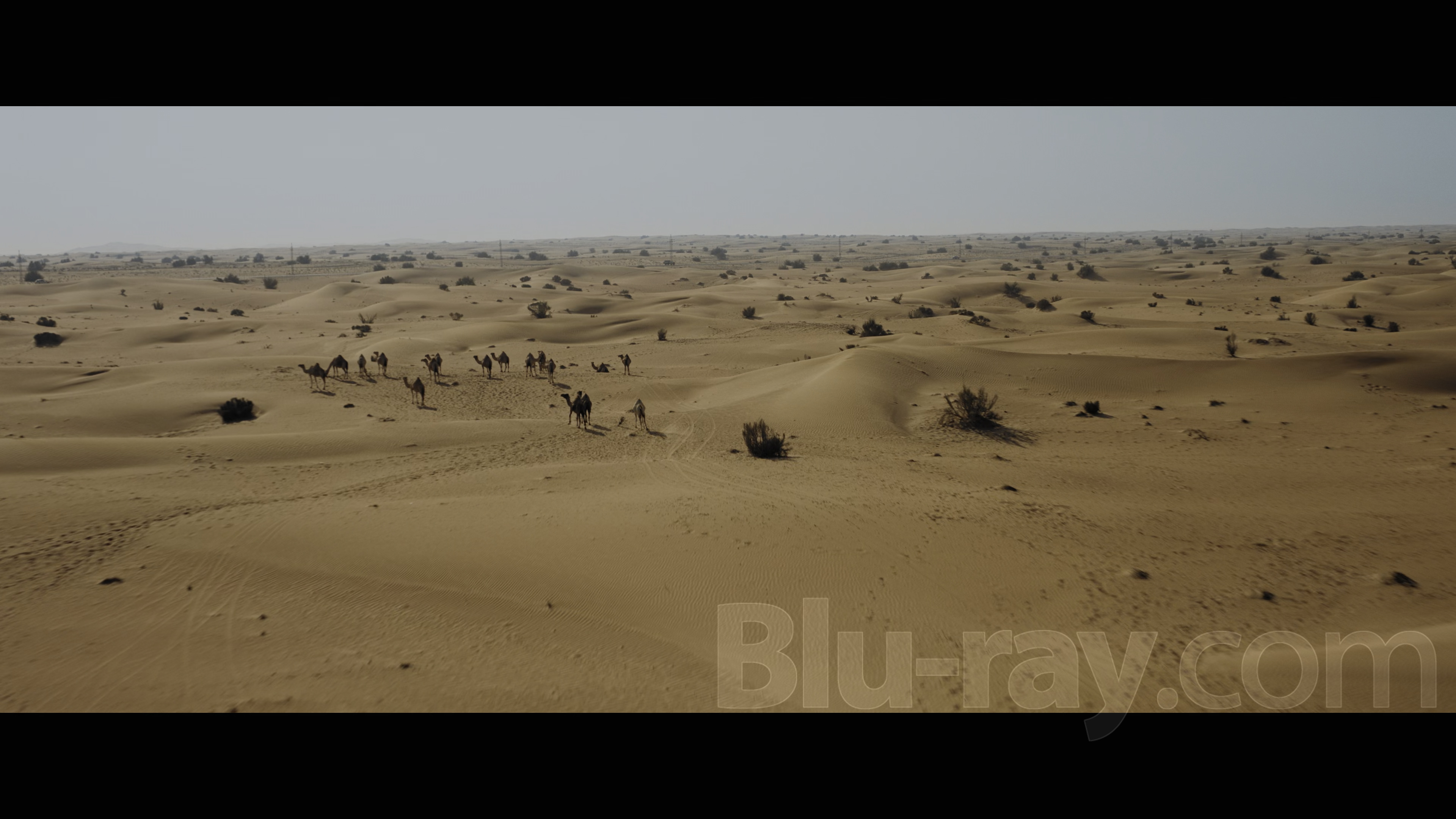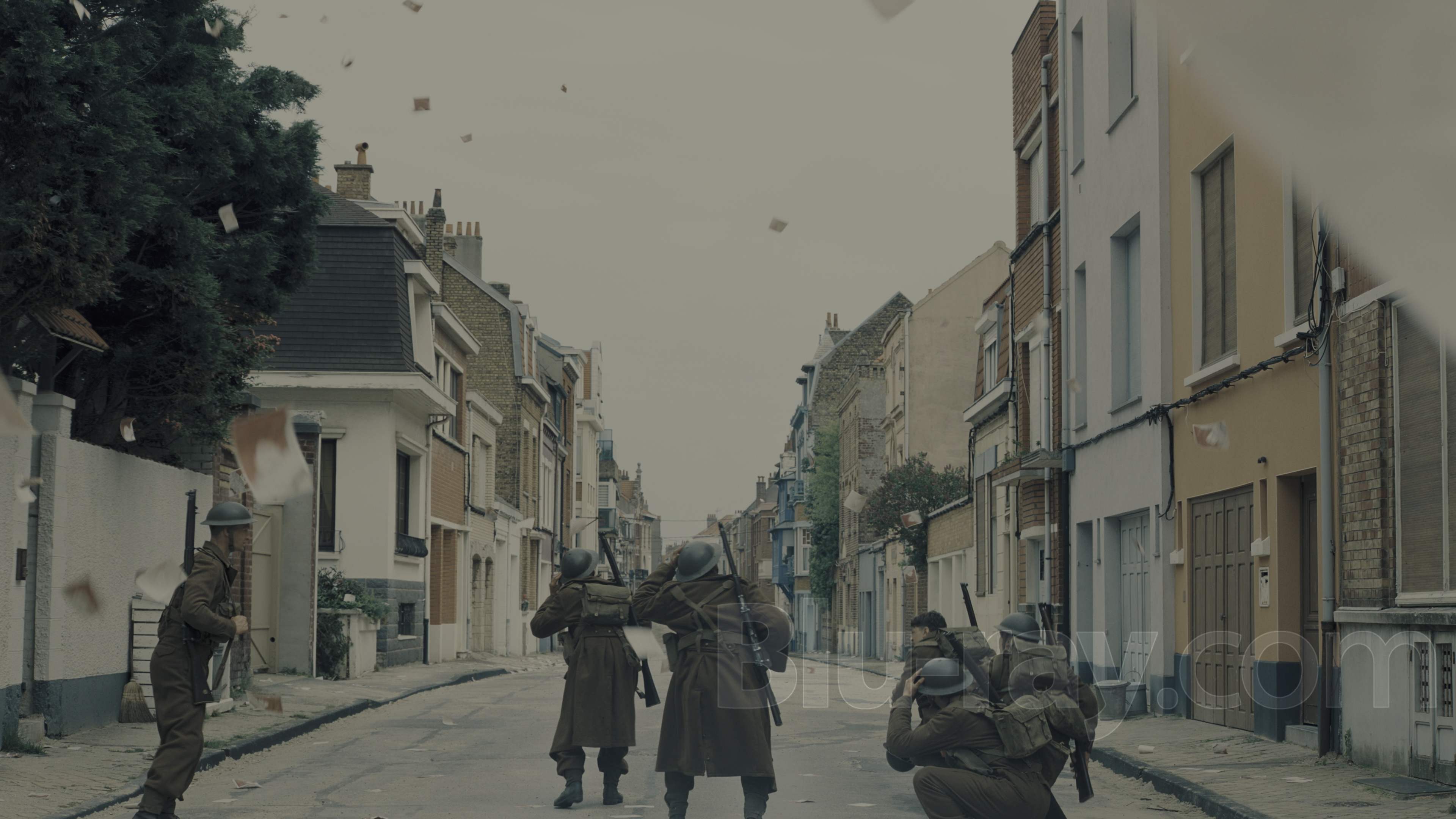Quote:
Originally Posted by Deciazulado

Markgway, no, if they are done properly and seen at near the correct brightness level the shots are designed for (in this case, for a ~ 300 nit computer monitor), the tones and colors within your monitor should look correct as close as possible:
|
Yes, 300 nits HDR=>SDR caps will only be displayed "properly" if one pushes the brightness of the monitor to 300 nits (and will usually also look much better than a 100 nits conversion on calibrated 100 nits), BUT, and that's important, you still have an SDR image then. The colors and brightness are therefore still wrong and, most importantly, the dynamic range is also still limited to the dynamic range of SDR. By giving more room to the highlights (which is what higher nits HDR=>SDR conversions basically do), you will lose sth. elsewhere (resp. get crushed blacks for ex). (If you have a HDR signal that peaks at only 100 nits (or even lower), 100 nits is therefore also the way to go with the SDR conversion.)
I just want to make it crystal clear that even a 4,000 nits HDR=>SDR converted cap is still
SDR with the according limited dynamic range and is therefore still far from being close to the original. (but still very useful of course!)
I guess you know that, but I'm afraid others might misread your comment into "300 nits SDR converted HDR cap equals HDR with a peak brightness of 300 nits", which isn't the case. (The way I see it, the higher than 100 nits caps are actually just kind of a "gamma trick".)









































 Linear Mode
Linear Mode

